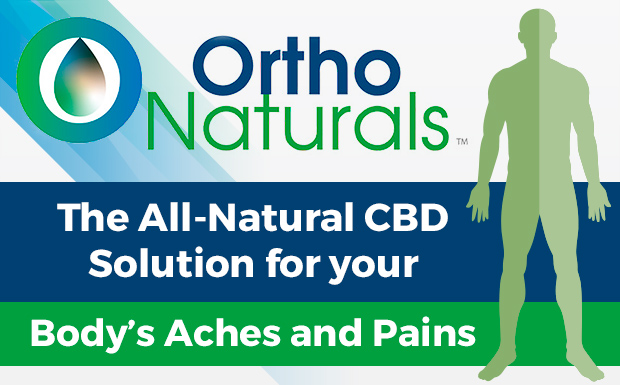
Platelet-rich plasma (PRP) is the liquid mixture of platelets and various growth factors that are produced by centrifugation processing of the patient’s own blood. The process creates a solution with a high concentration of platelets as wells as growth factors, cytokines, and other proteins. PRP is classified as a form of regenerative medicine for providing a biological boost to the healing process of the body.
How does PRP work?
The PRP solution enhances soft tissue regeneration by modulating the inflammatory response and releasing growth factors. PRP mediates the anabolic effect of growth factors on a cellular level,f causing tissue regeneration and healing of injured tendons, ligaments, muscles, and joints.
Is PRP safe?
Local injection of PRP is a safe and effective way to support ligament and tendon healing. The injection of PRP is created from your own blood and concentrated by the process of centrifugation. As with any injection, there is always the risk for bleeding, local soreness, some minor bruising, and possibly infection. Some people may have localized soreness for a day or two, but most people don’t experience any major issues with regenerative medicine therapies.
What are the conditions where PRP has been used?
It has been used in various soft tissue pathologies such as tendon disorders and ligament injuries. Conditions treated by PRP injections with success are:
- Lateral epicondylitis (Tennis Elbow)
- Medial epicondylitis (Golfer’s Elbow)
- Ulnar Collateral Ligament pathology.
- Distal Biceps pathology
- Distal Triceps pathology
In addition to elbow disorders, PRP has been used successfully in treating shoulder pain caused by rotator cuff tears, for Achilles tendon ruptures, Osteoarthritis, and other soft tissue injuries.
Is PRP any better than a steroid injection?
The response to PRP is more favorable when compared to a steroid injection, compared in terms of both pain and patient-reported outcomes. Steroid injection has potential complications like skin atrophy, discoloration, and even secondary tendon tears. There is a high chance that steroid injections will be required multiple times, without healing power. These complications are avoided by PRP injection. PRP has a long-lasting effect on tissues due to its revascularization function.
Do I have to stop analgesics before injecting PRP?
Yes, analgesics have to be stopped prior. Because PRP injection is provided to increase the initial inflammation at the pathological site, anti-inflammatory medicines like analgesics have to be stopped. Your orthopedic clinician will guide you through the process.
When do doctors recommend PRP injections?
PRP injections are used when there is no favorable response to other treatment measures like rest, analgesics, steroid injections, and physiotherapy.
Call DoralDOC at (305) 537-7272 to learn more or make an appointment today!


